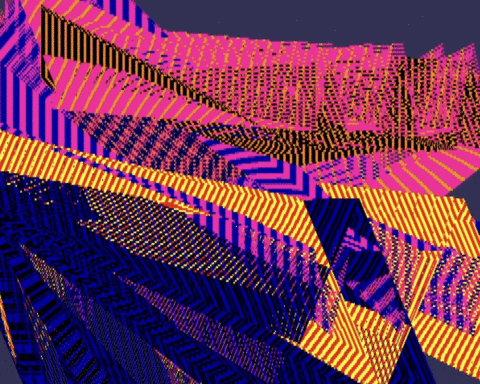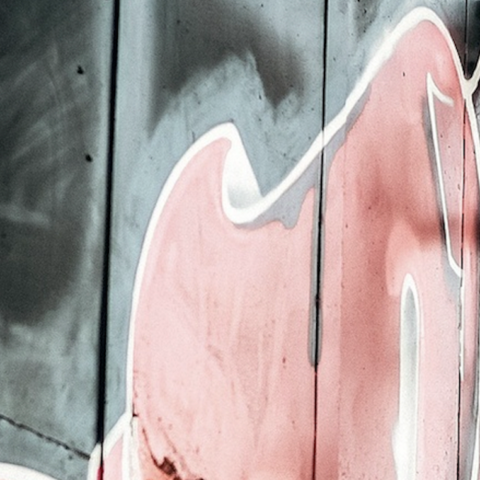Mother Abstract
By Jo Phillips
Hilma af Klint: The Mother of Abstract Art
What if we told you that the penchant for the abstract in modern art owes much, for its geometrical forms, symbols, and images, not only to artists like Wassily Kandinsky and Piet Mondrian but to the lesser-known Swedish artist Hilma af Klint (1862-1944). Klint took her art into the realms of abstraction before similar works began to appear by the artists usually associated with mainstream art criticism with modern non-representational art.

Af Klint was formally trained at the Royal Swedish Academy in Stockholm as a member of the Academy’s first generation of female students. At this time, her art focused mainly on the natural world; she made meticulously observed, diagrammatic botanical drawings and landscape paintings. She had, however, a sustained interest in spirituality and in forces and energies not immediately perceptible via the bodily senses. As part of the Theosophical Society, af Klint practiced mediumship with four fellow members who collectively called themselves ‘The Five’. Her art, as a result, began to engage more and more with the intangible and the mystical.
Botany still featured, but the natural forms were drawn into abstraction among symbolic shapes, words, and letters, diagrams, and lines. The techniques and images displayed in these works are foundational to the concepts, processes, and methods behind modern artistic abstraction.

Af Klint gained international recognition only after her death with the exhibition held by the Los Angeles County Museum of Art in 1986, The Spiritual in Art – Abstract Paintings 1890-1985. Her significance in the artistic movement towards abstract painting is often overshadowed or elided; but the new publication Hilma af Klint: Notes and Methods foregrounds her legacy and achievement by documenting her experiments with colour, form, and geometry in her art.

The book is comprised of facsimile reproductions of pages from af Klint’s early working notebooks, including the relatively unknown Blue Notebooks, hand-painted and annotated catalogues and a dictionary of words and letters used in her work composed by af Klint herself, as well as the first English translation of her writing.
We are granted insight into af Klint’s thought and work via the medium of her own voice, in which she offers definitions and clarifications of some of the key concepts in her art. These concepts are embodied and represented for af Klint by combinations of letters, symbols, and words.

Af Klint was predominantly a visual artist but written words and letters held power for her. Our af Klint alphabet presents a list of words from the artist’s own dictionary which particularly convey a sense of what she was trying to achieve, and how she conceived of her artistic endeavour to portray the numinous forces that lie beneath the skin of the real.



Durav – the wheel.

















Visual art was traditionally expected to hold up a mirror to the world – to represent the world we see just as we see it. Af Klint’s works heralded the coming of modern art by giving physical, tangible form to her ideas concerning the intangible: spirituality, philosophy, religion, and psychology. Kandinsky merged his art with sound and music, with spirituality; so af Klint channels her thought through her art. In Notes and Methods, we have the privilege of being addressed directly by the artist herself as she speaks to us of and illustrates the key principles of artistic abstraction.

Af Klint’s works are on display until April 23, 2019, at the Solomon R. Guggenheim Museum in New York for the exhibition Hilma af Klint: Paintings for the Future and are on permanent display at the Museum of Modern Art in Stockholm.
Words by Rebecca Irvin
Illustrations by Mahsa Dehghani
Photos by David Heald. © 2018 The Solomon R. Guggenheim Foundation. Albin Dahlström, the Moderna Museet, Stockholm






